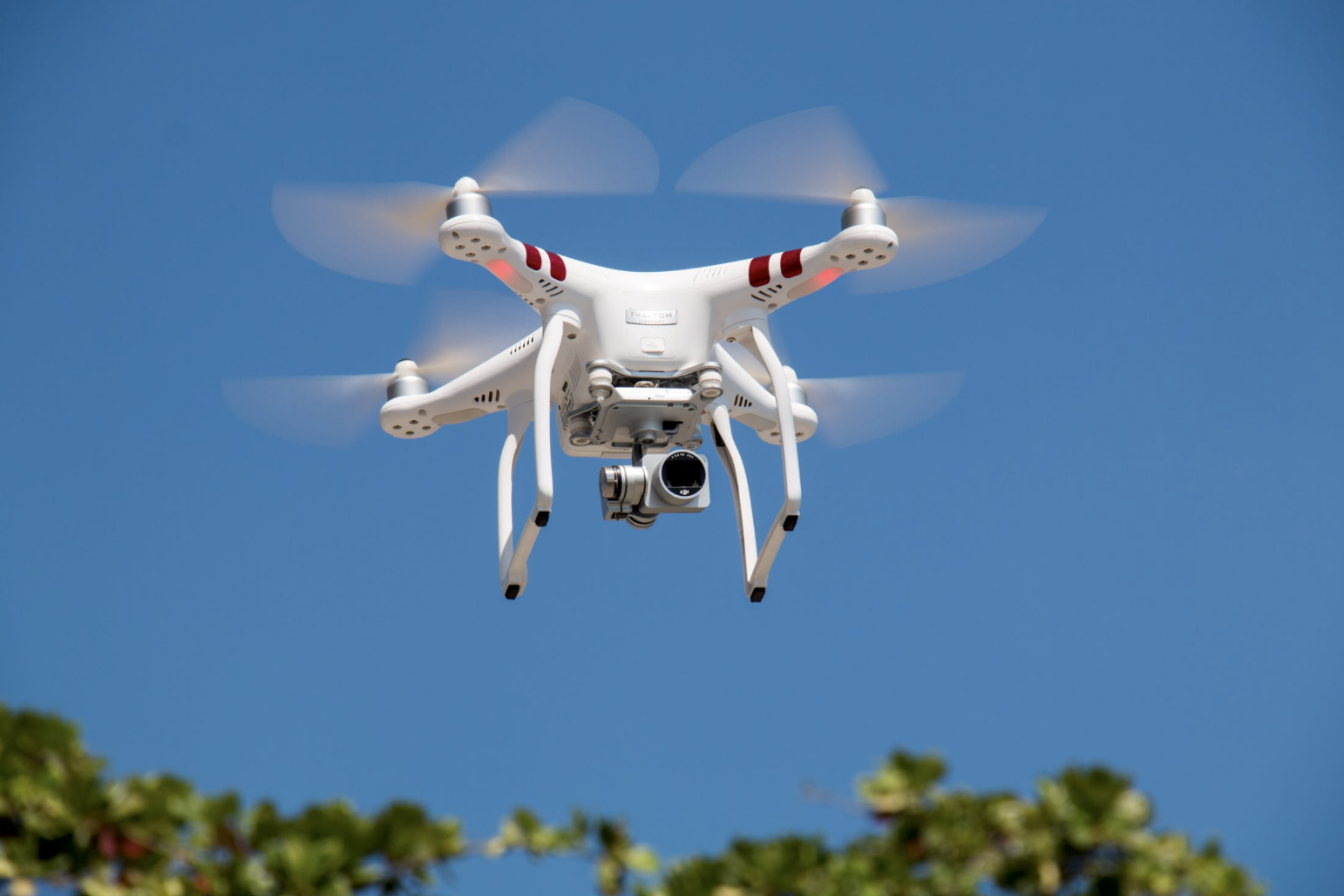
by Jeremiah Owyang, Tech Analyst
If you’re like me, you’re carefully watching the news of how COVID-19, also known as the Coronavirus has caused wide-reaching effects on society, economics, and political relationships. This post will focus on the impacts and responses to and from the technology sector.
AI could fight the current and future viruses. A global network of AI backed by scientists could harness incredible amounts of data from infected people.This could work in a networked way to predict, solve, and eradicate viruses.
Electronics production slows. Multiple electronic companies from consumer to medical equipment have announced that production will slow. Some expect that prices for remaining inventory will increase as demand surges over limited supply. As a result, tech stocks diminished.
Tech conferences cancel or dwindle. Dozens of technology conferences have canceled and major sponsors are pulling employees out of events across the globe. HR departments at tech companies are grounding workers from travel.
Online communication tools see a rise. Online collaboration tools and real-time video technologies will see a boom in demand and stock price. While virtual reality could see a boom, the reduction in the production of headsets could offset demand.
Internet used for rapid communication. Governments are using websites to communicate the latest facts and news media is publishing at a rapid pace. This informative website tallies the infections in Hong Kong. Chinese scientists released the Virus DNA, enabling a global network of scientists to start research for cures.
Misinformation spreads. A plethora of hoaxes, fake emails that resulted in riots, false cures, and other fear-based information has spread using online channels.
Information withheld or suppressed. There are wide-spread reports that multiple governments are suppressing information about the damage of the virus.
Biometric technology used for virus detection. I’ve experienced multiple heat detection sensors at airports. Other forms include AI for network modeling to identify patient zero, wearable sensors and facial recognition.
Robots used to serve infected patients. Interesting videos have surfaced of robots delivering food and medicines to patients in Wuhan, to limit human contact.
Technology used for crowd management, surveillance. Broader than simply biometrics, technology is being used to enforce quarantine or to track potential individuals that may have the virus using drones.
Technology used for preparation. Scared populations are preparing, hoarding, and purchasing goods; many of which are seeing price increases at multiples of normal pricing for N95 masks.
Technologies enable shelter in place: Digital entertainment, gaming, digital-fitness, telecommunications, on-demand delivery of goods and food see a rise. Quarantined citizens in Wuhan have kept themselves entertained in various ways, often using online mediums.
Opportunities in Future Technologies:
- Dark factories (automated factories) with few human workers,
- Self-driving cars to avoid crowds/ride-share,
- Precise citizen surveillance, in order to track the steps of individuals who may show future symptoms, or predict those who came into contact with a virus carrier,
- A wearable device that tracks your temperature,
- Alexa skills that conduct breath, cough, and voice analysis for infections,
- Wearable sensors that remind you not to touch your face,
- Apps and devices to remind you to wash your hands frequently, and analyze hand cleanliness.
Notable mention: Emissions are temporarily reduced in China during the lockdown. I’ll update this post as new impacts, use cases, and opportunities arise.
Photo credits: Pexels
Comments are closed.